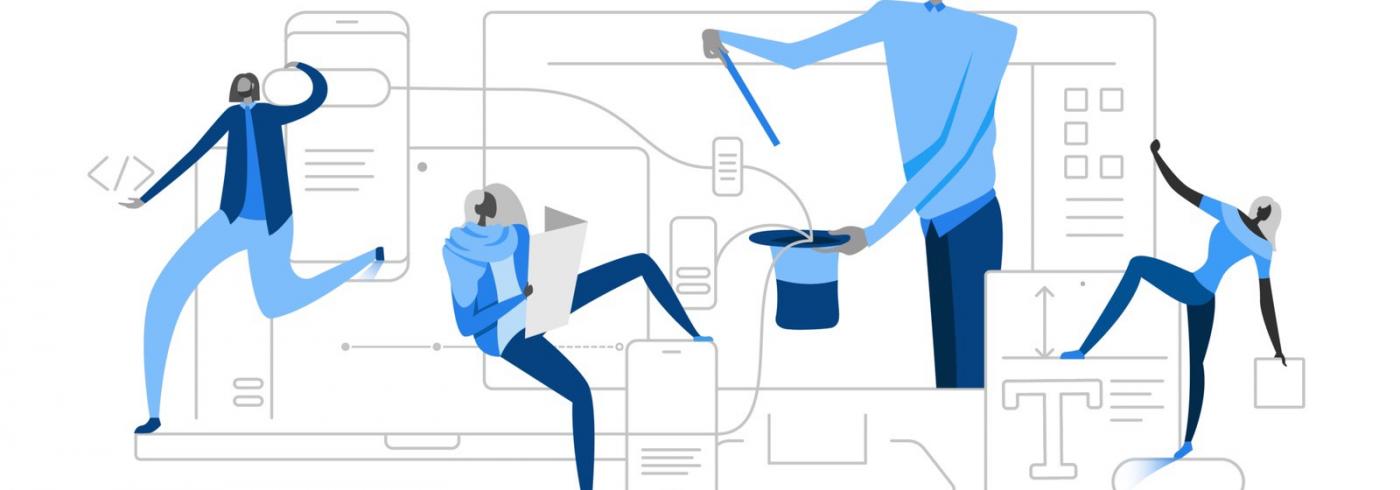
Tell us about yourself and your work!
I've been at Adobe for over 12 years, and since December of 2017, I've been Adobe's head of inclusive design. My job consists largely of training and mentoring our design staff on matters of inclusion; not just with respect to disability, but age, race, gender, LGBTQ+, economic status, etc. Effectively, all forms of human difference that we should consider.
What qualifications do you have that have influenced your work?
I would say that the only real qualification I have is that I got into accessibility in 1999 before most people had heard of it. Fortunately, most people still haven't heard of it, so there's still time!
Since then, I've had roles from general-purpose designer and engineer to accessibility-specific engineer, evangelist, program manager, and now I'm a manager inside Adobe Design. It's given me a lot of visibility into what people in different positions think about accessibility.
Why accessibility? What does accessibility mean to you?
"Accessibility has been one of the most innovative fields in the history of technology."
Ray Kurzweil alone developed optical character recognition and speech synthesis in the 1970s to allow blind users to read snail mail. Captioning first appeared on TV almost 50 years ago. That's why to me it's galling to hear that we're somehow holding engineers back. They're holding us back!
You've worked at Adobe for a long time, how have both yours and Adobe's approach to accessibility changed over this time?
When I started at Adobe, I was the only accessibility engineer in the entire company. My role was limited to finding only the highest priority products (at the time, Acrobat and Flash) and giving their engineers what guidance I could. Today, my former group has accessibility engineers who work primarily on our design system implementations, as well as product managers to help teams understand and plan for accessibility in their products. And on the design side, we're made inclusive design training mandatory and are building accessibility requirements into their design deliverables, so product teams start to understand them as integral to the finished product.
As someone who returns InDesign's workspace back to the classic layout but equally enjoys using Fresco and modern iPad apps, what can you tell us about how beneficial Spectrum has been in building these new Apps?
The first principle we applied to Spectrum was inclusion. From the earliest stages, we built Spectrum up to support as many use cases as possible. The benefit here is clear: building accessibility support in at the component level, and implementing it properly across platforms, means we don't have hundreds of product teams duplicating their efforts, which is not only inefficient but results in inconsistencies from app to app. Now, instead of teaching the teams about accessibility from scratch, we're showing them what Spectrum can do for them and helping them assemble components accessibly, as well as supporting them in building new components that live up to the same standard.
Thank you to Matt for taking the time to talk to us!
Talk to us about how we can help you achieve a fully accessible website.